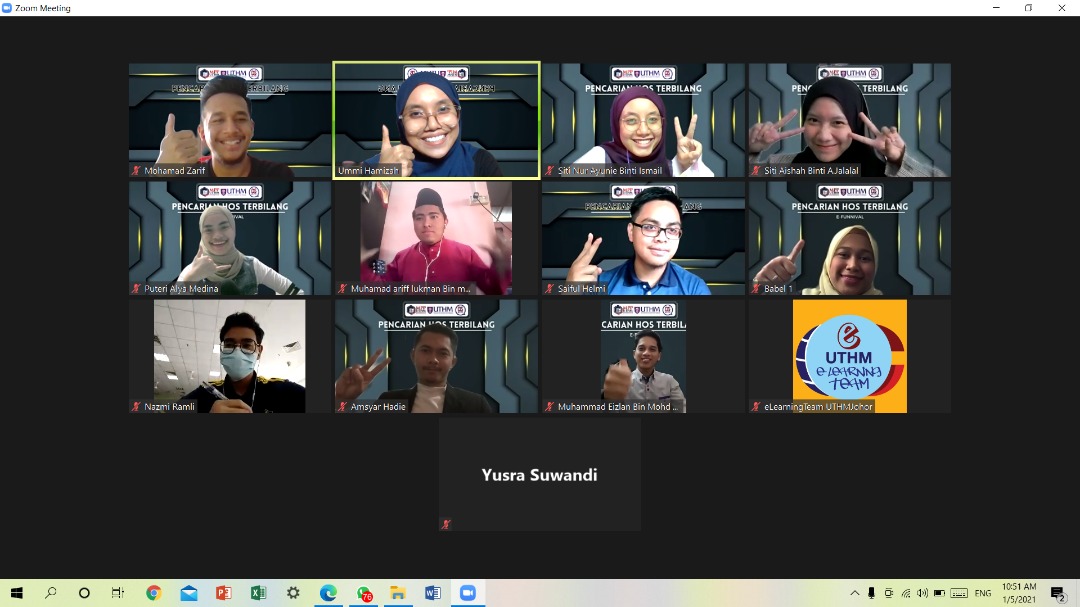
Do you still remember the climax scene in Endgame when Captain was about to go all in for a last fight with Thanos, looking all hopeless and defeated? I was at the edge of my seat, not knowing absolutely what was going to happen next!
And then, we all heard it. Black Panther’s voice, signalling Captain, announcing the arrival of the rest of the wiped-off superheroes into the battlefield. I still remember how the whole cinema broke into whistles and screams of joy when one by one, all our favourite superheroes whom we had missed throughout Endgame, started appearing on the screen. And later, when Captain stood alongside with his army of superheroes and ordered “Avengers, assemble!”, I almost wanted to cry! If I could go back in time and experience that goose bumps-filled moment, believe me, I will!
Coming to my point, if there is one thing that I learnt from watching various instalments of the Avengers as an educator, is that sometimes working as a group may pay off better than trying to strive as a solo player. Yes, I am talking about collaborative learning.
Allow me to elaborate on this. Collaborative learning (CL) by definition is a learning environment that emphasises on learning with a facilitator and peers by capitalising on each other’s skills and knowledge. Put in a CL environment, students get to engage in a fun learning environment where they get to interact meaningfully with both teachers and peers, receive adequate guidance and mentorship from facilitators, and perform reflections based on corrective feedbacks. CL is a holistic approach because it has been found to work on learners at all levels. In fact, learners have been reported to engage with subject content more enthusiastically and take pride in the outcomes of their tasks when they achieve it together.
As a Malaysian educator, I believe that we should find more ways to promote collaborative learning to students as we all come from a culture that values group think, shared norms and communal relationships. Some studies from Asian countries have found that students from underdeveloped, marginalised and underrepresented countries or communities tend to struggle with independent learning; however, community-based learning seems to empower them otherwise! I say, let us lessen the unnecessary pressure we have been putting on the students to assume competitiveness in learning and let them learn in settings that they may be more comfortable in. I have personally seen wonderful projects coming out of group assignments more than from individual assignments.
And if at all your students still do not catch the relevance of collaborative learning, just tell them, “Even the Avengers worked collaboratively to beat evil Thanos!”
But perhaps just make it clear to them that you are NOT their Thanos.

Dr. Sarala Thulasi Palpanadan
Senior Lecturer
Centre of Language Studies, Universiti Tun Hussein Onn Malaysia (UTHM)









